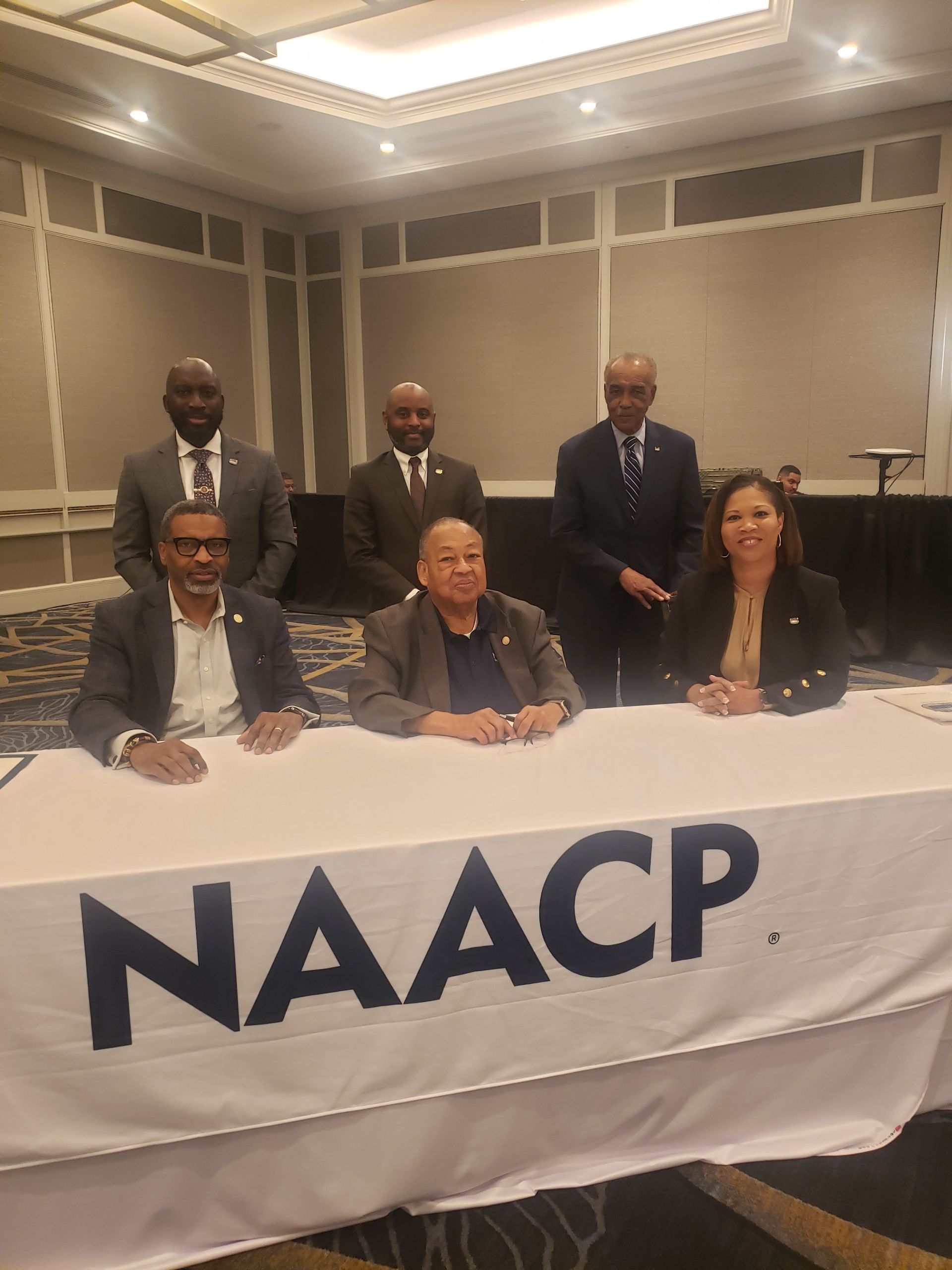Historical Barriers and Structural Inequalities Still Account for Black-White Homeownership Gap
NAREB 2020 State of Housing in Black America (SHIBA) report shows how uneven mortgage lending practices, cumulative disadvantages and COVID-19 continue to obstruct growth of Black homeownership. Text SHIBA to 31996 to get the SHIBA Report!
Washington, DC – October 27, 2020 – The National Association of Real Estate Brokers, Inc.(NAREB) issued the 2020 edition of its State of Housing in Black America (SHIBA) report with a stark warning: Without major changes in public policy, restructured mortgage lending criteria, increased down payment assistance, and an extended forbearance period needed by homeowners experiencing severe financial burdens resulting from the pandemic, Black American homeownership will continue to lag and wealth building plans will remain delayed, severely diminished, or simply out of reach.
“Statistics oftentimes can be ignored or tabled. However, when the story is told through the eyes of young Black Americans experiencing the rigors of trying to purchase a home for a growing family, you clearly see that structural and institutional remedies are necessary,” said Donnell Williams, president of the National Association of Real Estate Brokers. “This year’s SHIBA report lays bare the difficulties.”
A sampling of the key findings in the SHIBA report, principally authored by Vanessa Gail Perry, MBA, Ph.D., Professor of Marketing, Strategic Management and Public Policy, George Washington University School of Business. include:
- The Black population in the U.S. is concentrated in major cities. Sixty-two percent of Blacks are concentrated in 20 MSAs . In 2019, 25.6% of the Black population resided in areas where the median house price is above that for the U.S. — $253,000.
- The homeownership rate for Blacks who graduated from college is only 3.2 percentage points higher than that of White high school dropouts.
- Black homeowners are less likely to have a college degree.
- Blacks have a higher share of owner households headed by women than any other category of owner households.
- Black borrowers pay significantly higher rates for FHA-backed loans, and higher rates for conventional mortgages.
- In 2018, 53% of Black mortgage borrowers obtained FHA or VA loans, compared to 23% of White borrowers.
- Only 5% of the conventional market were loans to Black borrowers, compared to 15% of the FHA/VA market.
- In 2019, 10 lenders were responsible for originating 24% of mortgage loans to Black borrowers. Of those 10, only 3 were traditional depository banks.
- Black applicants are more than twice as likely to have their loan applications rejected.
“These disparities persist because of systemic racism and disadvantage that have accumulated over time. At the same time, the industry has failed to acknowledge the opportunities presented by this market segment,” stated Dr. Perry.
The Black American wealth gap rests in large part on the ever-present institutional barriers Black Americans face at every step of the home buying process. While the second quarter 2020 Black homeownership rate of 47% reported by the U.S. Census Bureau represents a 16-year high, the rate lags more than 26 percentage points behind the non-Hispanic White rate of 76% for the same period.
The SHIBA report also includes recommendations designed to support the growth of opportunity for Black Americans to purchase homes and to maintain homes if they already own. A few key recommendations are:
- Institute aggressive loan forbearance and credit reporting mandates to protect Black homeowners and potential homebuyers from financial devastation due to the COVID-19 pandemic.
- Continue the CARES Act suspension of federal student loan payments, debt collection, and zero interest provisions through the end of the pandemic crisis.
- Restore fair housing regulatory protections formalizing the Fair Housing Act’s disparate impact standard.
- Reform the HUD 203k program.
- Require the Opportunity Zone funds be directed to long-term residents versus investors.
- Establish a Renaissance Neighborhood Program to bolster Black homeownership in historically redlined neighborhoods and transform communities.
- Increase FHA lending and other down payment assistance programs in areas with low Black homeownership rates.
- Alter the treatment of student loans in the Debt-to-Income (DTI) formula to include only the reported payment amount.
- At the state level, evaluate inclusionary zoning programs and their effects on Black communities.
“There are solutions. There are public and private sector remedies,” Williams said. “NAREB continues to advocate and push the envelope by heightening awareness in all sectors that homeownership not only increases the wealth building capacity of Black Americans, but also serves to strengthen the nation’s and communities’ economic outlook.”
These and other findings from the SHIBA report were discussed today at NAREB’s 2 nd Annual National Conversation on Black Homeownership. Speakers focused on similar themes that called out the federal government for its long-term, intentional complicity in promoting race-based public policy that works against the growth of Black homeownership. That sentiment can be summed up in remarks given by Rev. Dr. Frederick D. Haynes, III, Senior Pastor of Friendship-West Baptist Church in Dallas, TX when he said, “public policy set the stage for racial disparity.” Marc Morial, National Urban League president said that Black Americans must be just as intentional in reclaiming our “piece of the dirt” that has been denied to Black Americans since the Reconstruction era.
Other panelists, directed their remarks to millennials and GenX-er audience members and discussed the importance of understanding credit far earlier in their lives and how having good or poor credit affects their ability to purchase a home. Will Roundtree, founder of Las Vegas, NV-based WE Management said that “credit will become the new dollar.” Former NFL player Ray Crockett urged the audience to, “buy the house before the car… get your credit right…and understand what you value.” Rental Kharma spokesperson, Lynne Poole remarked that Black renters with “thin” credit profiles need to use non-traditional digital platforms like Rental Kharma that report rental payments, which are not typically counted in developing a favorable credit rating.
The full NAREB National Conversation can be viewed on: https://www.facebook.com/REALTISTNAREB/videos
MEDIA CONTACTS:
- Joanne Williams / jwilliams@barrington-associates.com / +1 (202) 364-0024
- Jill Harrison / jill.forte@nareb.com / +1 (770) 896-8723


